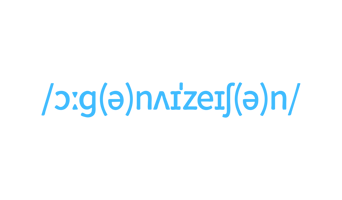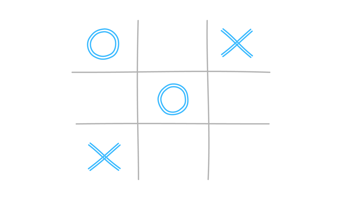Simplicity in organizational design means that organizational members have a good, functional understanding of how the organization works.
The title of this post refers to a question asked by a user of our Organizational Structure Kit, and we are grateful for the opportunity to discuss it on our blog. Organizational effectiveness as a model is more often discussed in relation to soft factors, such as leadership, organizational behavior, communication, or corporate culture, than with regard to organizational structure and design.
Organizational effectiveness and simple organizational structures
But of course, the “soft” and the “hard” elements of organizations are interrelated. Focusing on the hard or structural parts of organization design - and with the approach of the Organizational Structure Kit in mind - we would propose that, above all, simplicity means that organizational members have a good, functional understanding of how the organization works, of who does what and who works together with whom to achieve particular outcomes, and what to do if things become unclear (i.e., how to restore a functional working hypothesis of how to move things forward).
One could say that organizational ineffectiveness results from management not being an enabler of organizational value creation, but rather becoming an impediment to value creation.
And management becomes an impediment if organizational processes are not oriented, or not sufficiently oriented, towards both the organization’s purpose and its performance goals in a distinct way. Put another way, management becomes an impediment to organizational effectiveness if organizational processes are self-referential and inward-looking. Simplicity of organizational design, we believe, helps avoid these kinds of dynamics.
Our Management Kits view of “simplicity”, in the sense of an increased likelihood of a shared understanding of organizational matters, is best embodied in the logic of the Kit Board canvas and generally in our view of running organizational design processes.
Organization design and the laws of simplicity
Whether your job is to increase organizational effectiveness internally or whether you are consulting with clients to introduce organizational effectiveness models, working towards a shared understanding of how the organization works is probably a good first touchstone of simplicity (and effectiveness). Which was our initial answer to the question addressed in this post’s title
Checking our good first working hypothesis against John Maeda’s classic ten laws of simplicity (don’t miss his TED talk on the subject) reminded us that, of course, simplicity is not such a simple thing to achieve.
Organizing division of labor implies creating a structure that is fit to achieve its purpose in a given environment. As a result, its variability has to be appropriate for the environment - and variability is hard to achieve through static structures and fixed processes (regardless of whether they are simple or complex).
One simple take-away from this insight is that simple organizational structures should enable internal variability to respond to changes in (and challenges from) the organization’s external environment, while not compromising the basic logic of the organizational structure, and without compromising organizational members’ understanding of that structure.



